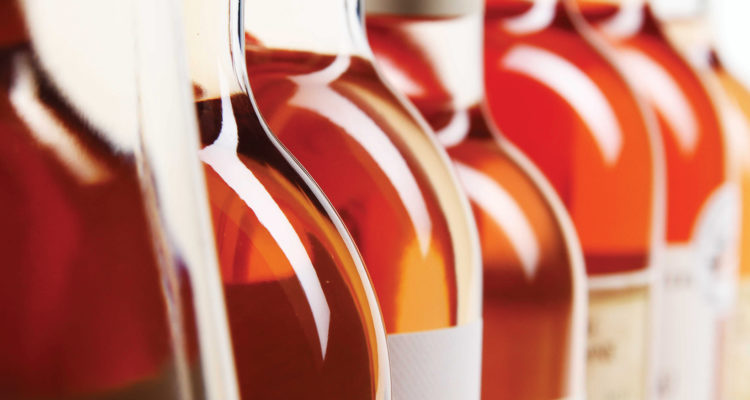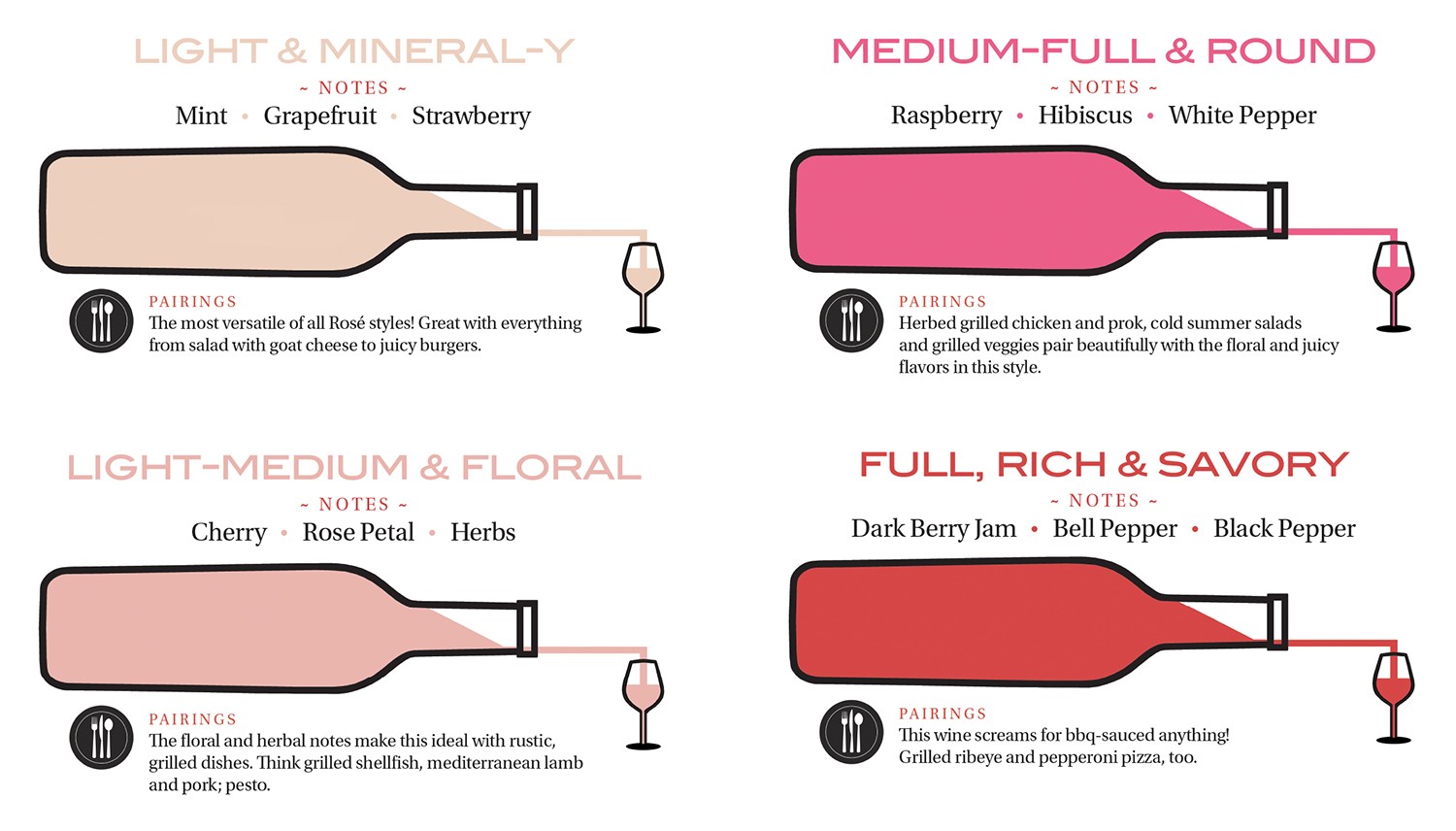The world looks better through Rosé coloured glasses.
Story by Dave Eckert
I love Rosés from all over the world. They are bone dry, crispy, and refreshing. In the coming months, I will be drinking copious amount of dry Rosé as it is officially the “season to drink pink!”
Premium Rosés have never been more popular, with U.S. imports up nearly 40 percent according to recent statistics. In fact, the growth of the Rosé category in the states has outplaced that of all other wine categories for the last decade. At one of my favorite watering holes, Tannin Wine Bar & Kitchen, Wine Manager Barry Tunnel routinely stocks an entire refrigerator with dry pink wines. And, while Tunnel features Rosés prominently in the spring and summer, you can find delicious versions at Tannin year round. “Rosés are wonderful. They’re fresh, delicious, flexible with food, and they don’t need any aging. They’re ready to drink and enjoy when they’re released,” Tunnel shared over a glass of Rosé recently.
Not surprisingly, Tunnel was hosting a wine tasting when I stopped by to chat. Even less surprising, the winery featured, Chateau Coupe Rosés, was pouring a beautiful, crisp Rosé, the Fremillant Rosé 2016, along with their other delicious wines from Minervois in France’s Languedoc-Roussillon region. “Our family has owned the estate for 400 years, but I only started making Rosé in 1989. I wanted something lighter, yet still with great flavor, that people could drink, especially in the summer,” owner and winemaker François Le Calvez told me.
Le Calvex says the French drink a lot of Rosé in the hotter summer months when the temperatures rise, the cuisine lightens, and the picnics become more frequent. Like Tunnel, I’m not as season-specific when it comes to quaffing Rosés. I enjoy them year round.
Rosé: Colors, Flavors & Pairings
As Rosés in general, which are usually comprised of juice from red grapes with minimal skin contact giving them their pink hue, France is ground zero. The very best in the world, in my opinion, can be found in the Provence wine producing region of Bandol and the Tavel appellation, located in the Southern Rhone Valley. Wines from Bandol and Tavel can be on the pricier side of the pink spectrum. For more affordable options, you can always turn to Cotes du Rhone bottlings and Rosés labeled Cote de Provence. I’ve found dozens of wines from these regions, none more than $20, that are absolutely fantastic!
But, as Tunnel points out, and I can quickly confirm, there are sumptuous, crisp, refreshing Rosés to be found the world over. “I enjoy a lot of the Rosés being made in Austria these days, and there are some really interesting ones I’ve had from the Mount Etna wine producing region in Sicily. And, domestically, there are some good Rosés being made in Oregon from Pinot Noir and in California from Pinot and other red grape varieties,” Tunnel told me.
In the end, it’s your choice, a private decision for you and your palate. But, no doubt there is an ocean of dry Rosé out there, so let’s get out and sail it. It is, after all, “the season to drink pink!”







